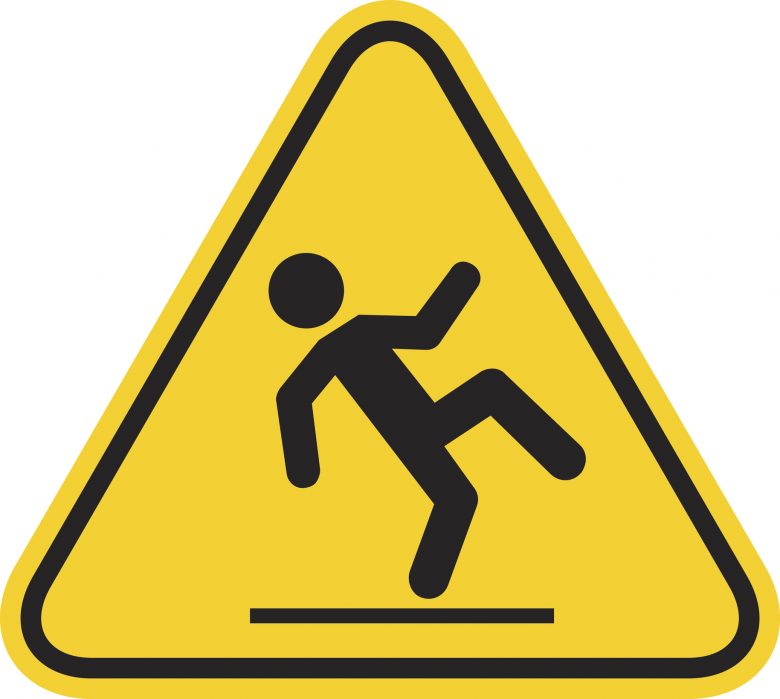Slips, trips and falls are a complicated problem. While some folks still think they can put out a wet floor sign and call it a day, most EHS pros are beginning to realize that it takes a multi-faceted approach to eliminate slips, trips and falls.
Because there’s no easy solution to the issue of slips, trips and falls in the workplace, it’s important for safety managers to understand what role employees and employers each play in preventing slip- and trip-related injuries.
As with most safety issues, there’s a shared responsibility between management and workers. Employees must be accountable for their own safety, but they also expect their employers to act in good faith and take reasonable steps that reduce the risk of injury. Workplaces with the fewest slips, trips and falls have everyone taking care of their area of responsibility.
So what are the different areas of obligation when it comes to slips, trips and falls? Employers are responsible for:
- properly maintaining worksites, including handrails, non-slip mats, and keeping everything as clean and in good repair as possible
- providing human factors training that can reduce slips, trips and falls
- investing in quality housekeeping products
- developing a strong safety culture and providing regular reminders on safe habits
- outlining the steps taken to prevent slips, trips and falls in a clear and easy-to-follow format
Employees, meanwhile, bear primary responsibility for:
- actively participating in training and put what they learn to good use
- recognizing when they’re rushing, frustrated, tired or complacent and adjust their actions accordingly
- reporting housekeeping and maintenance issues
- participating in a safety culture and make an honest effort to build better habits
- following the rules and regulations set out by the employer
It all seems straightforward, but getting everyone to adhere to this division of responsibility isn’t always easy. Experienced safety professionals are usually familiar with some of the items on the employer’s’ list, especially when it comes to OSHA’s slip requirements. But often there are two big issues that need more work.
The first is addressing the human factors in slips, trips and falls. A research survey has found that human factors were the biggest contributing cause in 54% of slip, trip and fall incidents. That means it’s essential that they’re dealt with head-on. The best way to do that is with a training program that zeroes in on the handful of mental states and other factors that most commonly lead to injury.
The second challenge is in getting employees to meet their end of the bargain. When it comes to stopping slips, trips and falls, there are several items on workers’ list of responsibilities—and in many cases, there’s a fair bit of reluctance from employees on these issues.
Fortunately, the last half of this presentation provides some guidance on how to engage employees in slip, trip and fall safety. The general idea is to find effective forms of motivation and to support them in building easy but useful habits that can avoid slipping and tripping incidents. (There’s more detail on using habit-building to prevent slips, trips and falls in this information-packed guide.)
It also covers a number of other items on the list, including providing a primer on how human error contributes to slip-and-fall injuries. If you’re looking to get everyone in your workplace re-focused on their responsibilities for avoiding slips, trips and falls, the presentation is a good place to start.

